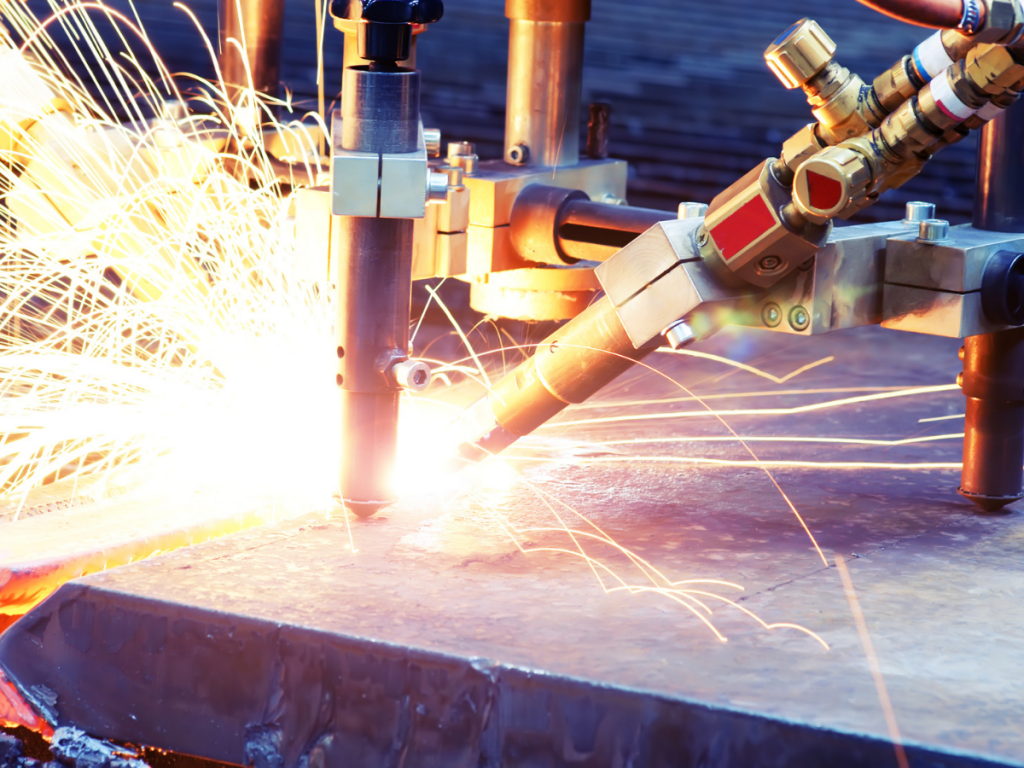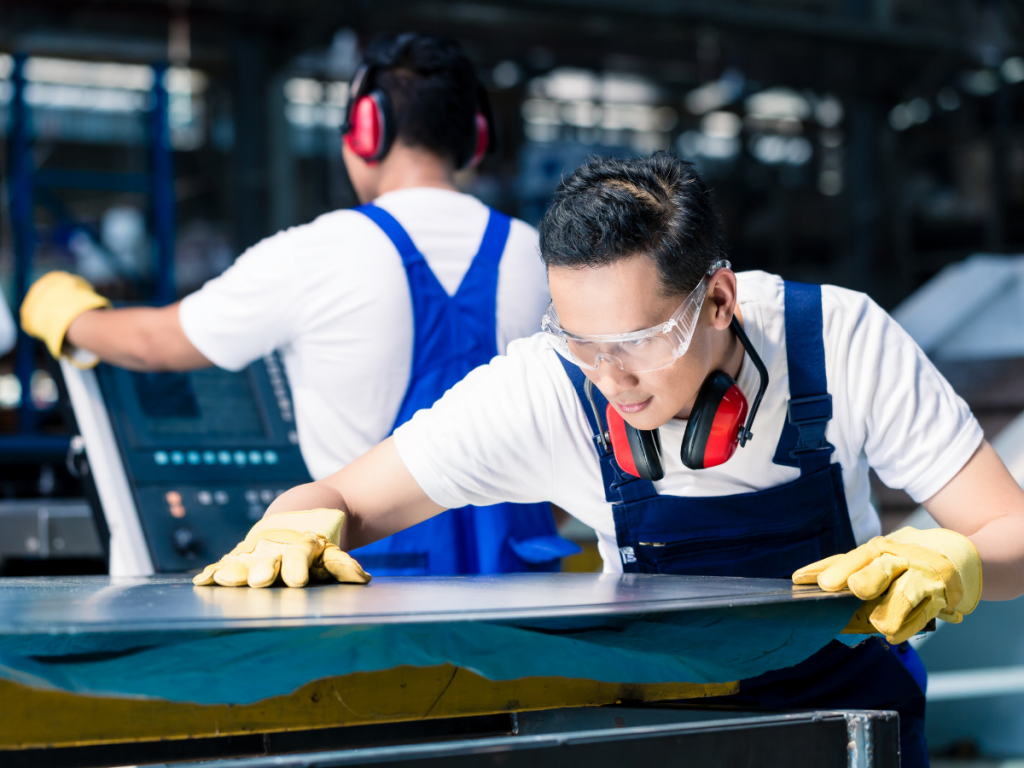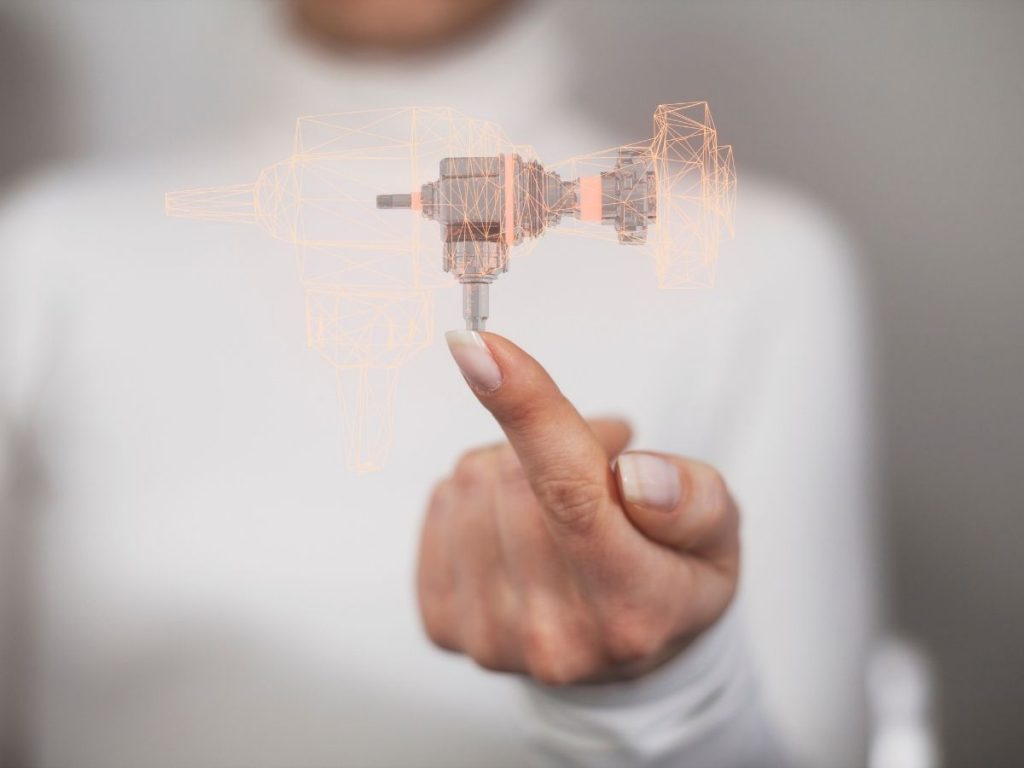Steel is by far one of the biggest and most important innovations of the modern world. It has a wide range of uses and applications, including the forming the foundations of high-rise buildings as well as being used in art and design. Fundamentally, steel is type of alloy, or in other words, a blend of two key base components: iron and carbon.
A great deal of sheet metal manufacturing businesses utilise steel as the primary material as it boasts outstanding toughness, stability, and durability. Steel is also extremely flexible and easier to work with than other metals such as iron. Overall, its safety, cost effectiveness, reliability, weight, and design adaptability make it an ideal building material.
One of the additional protective layers that can be added to steel to increase its performance under different types of environmental conditions, is galvanising.
why is galvanised steel a better option?
While steel is more resistant than iron to some forms of degradation, there is an aspect of steel that can limit its long-term lifespan, which is the low level of corrosion resistance it offers. Steel holds a thin layer of oxide and if exposed to water and air for prolonged periods of time it can become damaged and considered impracticable and unusable in areas where corrosion is prominent.
This is where the process of galvanising allows us to increase durability. Galvanising adds corrosion resistance to steel by adding a protective zinc layer to the surface of the metal. This zinc layer adds protection against the mixture of moisture and oxygen that can otherwise cause rust to form on the underlying metal.
Overall, galvanised steel has a lower long-term cost and requires less maintenance. It delivers reliability and toughness and provides steel with the added protection and durability it needs to survive harsh conditions for many years.
Why do we use zinc for galvanising steel?
Zinc is used because it protects the base metal by corroding first, and it corrodes at a very slow rate. It acts as a sacrificial anode so that even if a products coating is damaged, the exposed steel will still be protected by the remaining zinc. Once it is applied to steel products, manufacturers can expect their steel products to have an additional ten years of service life. Some galvanised steel products can even last up to one hundred years, which surpasses many other metal products used in commercial and industrial environments.
Choosing the right zinc coating process
The zinc coating process is typically performed in two different ways. The hot-dipping galvanisation process provides a strong, relatively thick coating for large pieces of steel using molten zinc. This process is cost efficient, but accuracy is slightly reduced. On the other hand, thermal diffusion galvanising is more frequently used for smaller pieces of metal, especially those that have a more intricate design, due to its precision and accuracy. Overall, the ideal zinc coating process depends on the size, volume, and intricacy of the sheet metal or metal components that need to be galvanised.
Here at E&A Probend, we provide premium galvanised steel for domestic, commercial, and industrial projects. We have been in the sheet metal industry for over twenty years and are based in the South-East suburbs of Melbourne. Any job requiring sheet metal to be folded, welded, cut or powder coated, whether it is custom or ready-made, can be performed by our skilled team of experts. If you would like to discuss your next metal project, sheet metal manufacturing, or any of our other sheet metal services, please call us any time.



